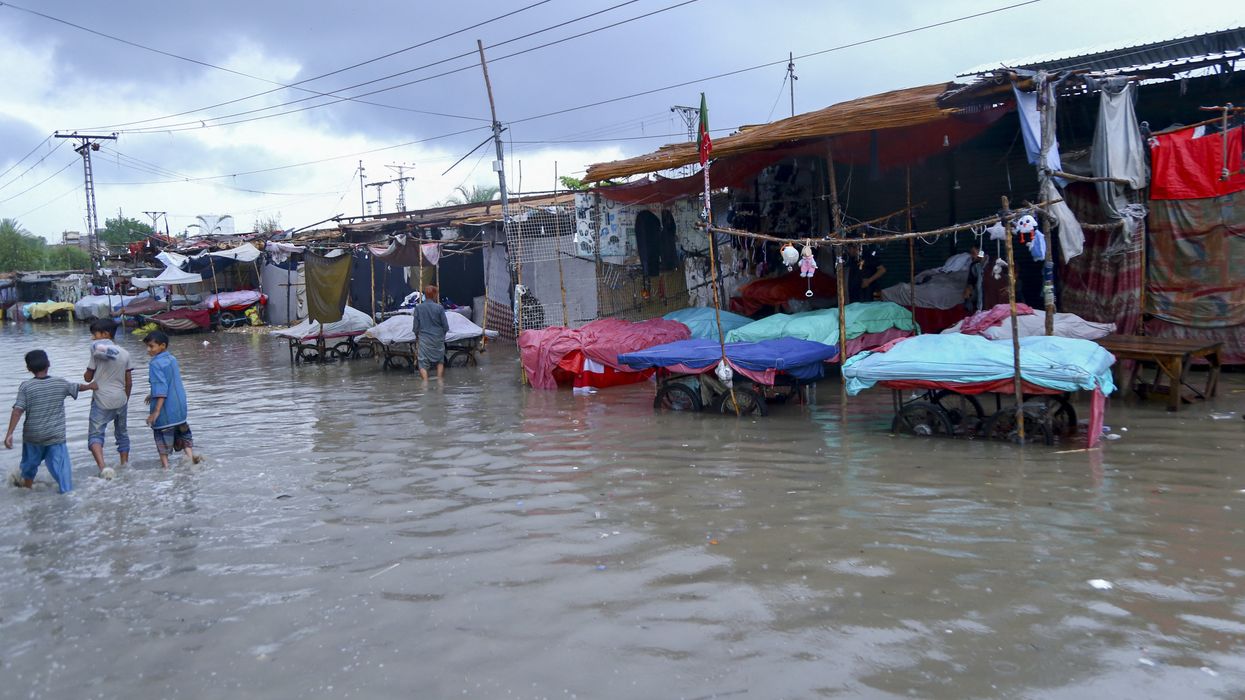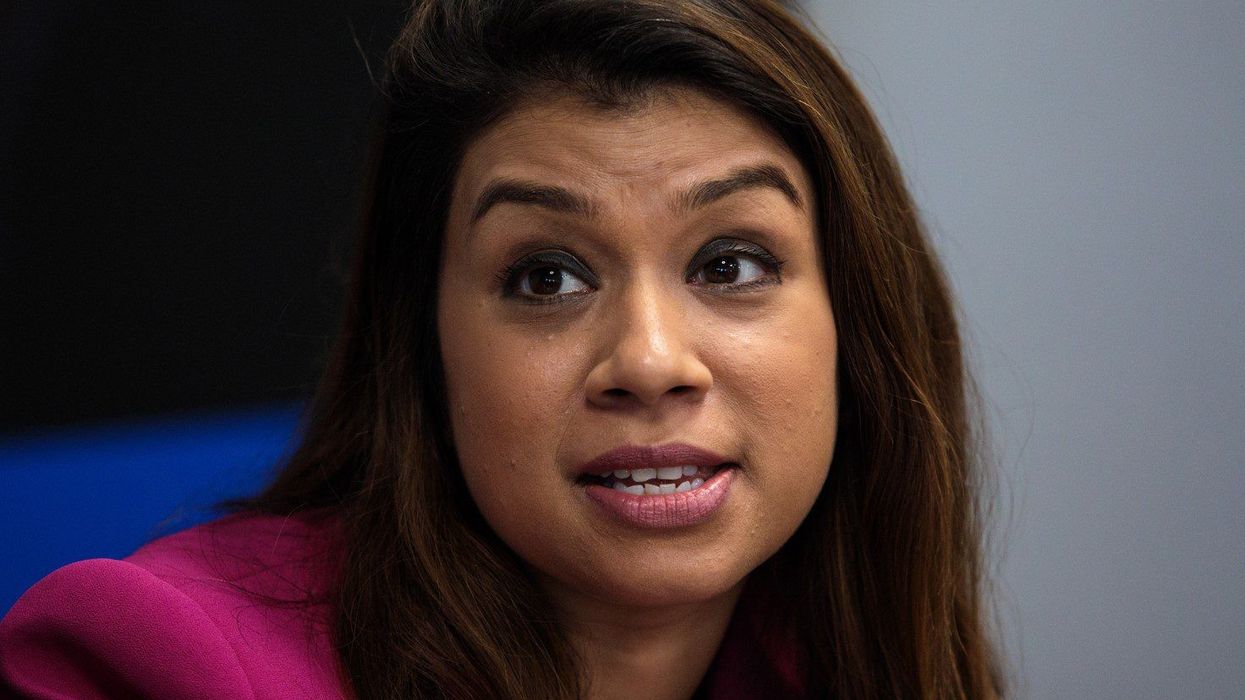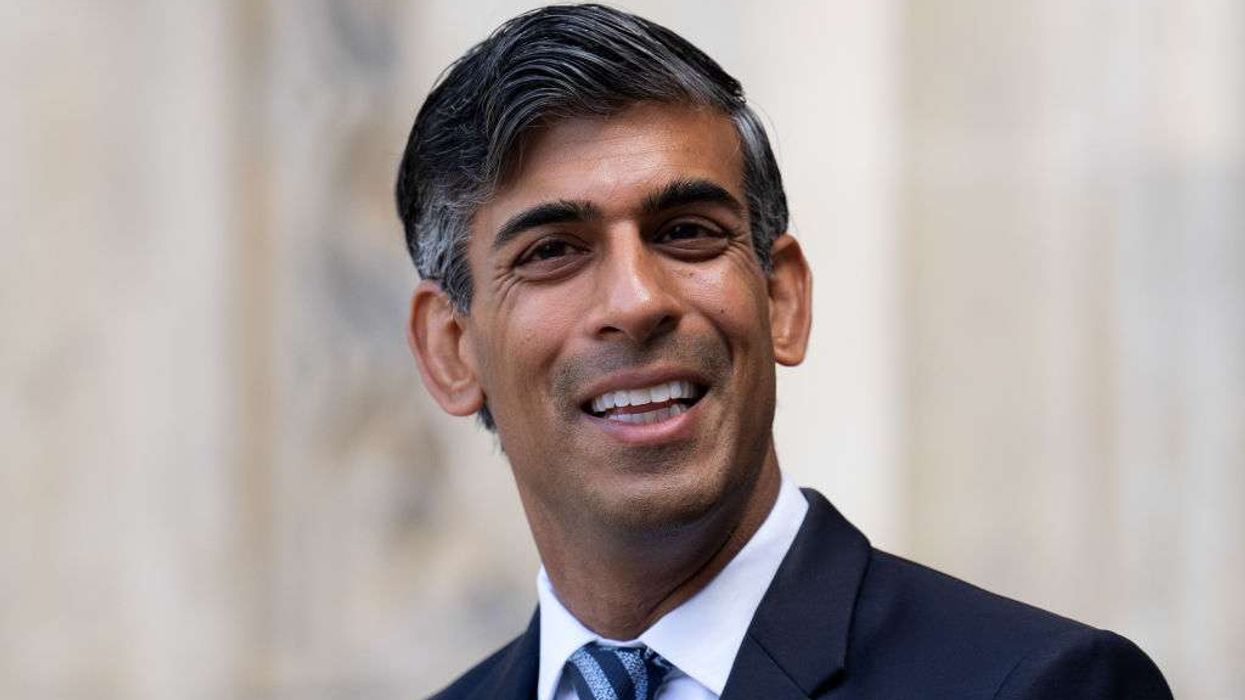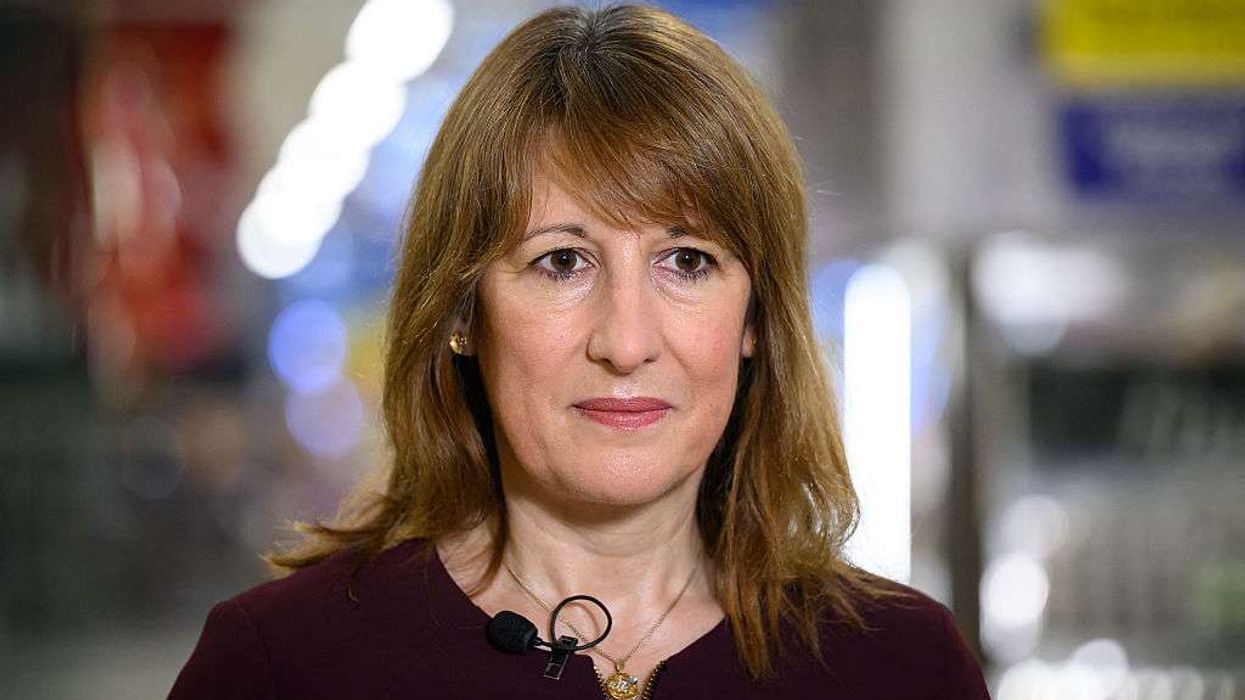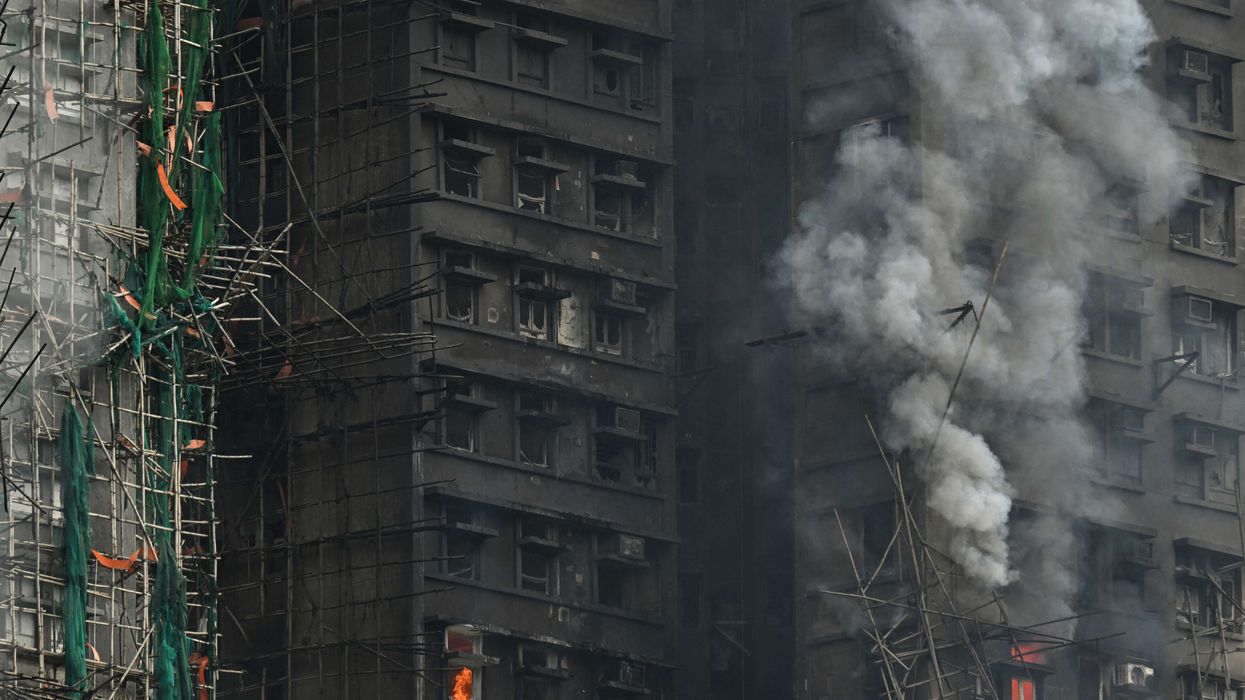AT LEAST 45 people have died in Pakistan over the past few days due to flash flooding and heavy rainfall since the beginning of the monsoon season, according to disaster management officials on Sunday.
The highest number of deaths was reported in Khyber Pakhtunkhwa province, which borders Afghanistan. There, 21 people were killed, including 10 children.
According to the disaster management authority, 14 of those deaths occurred in the Swat Valley. Media reports said a flash flood in the valley swept away families who were on a riverbank.
In Punjab, Pakistan's most populous province bordering India, 13 people have died since Wednesday. Among them were eight children who were killed when walls or roofs collapsed during the heavy rainfall. The remaining adults died in flash floods.
Another eleven deaths linked to the monsoon rains were reported in Sindh and Balochistan provinces.
The national meteorological service has warned that the likelihood of heavy rainfall and potential flash flooding will remain high until at least Saturday.
Last month, severe storms led to the deaths of at least 32 people in Pakistan. The country has experienced several extreme weather events in recent months, including strong hailstorms in the spring.
Pakistan, home to around 240 million people, is among the countries most vulnerable to the impacts of climate change and is witnessing an increasing frequency of extreme weather conditions.
(With inputs from AFP)
